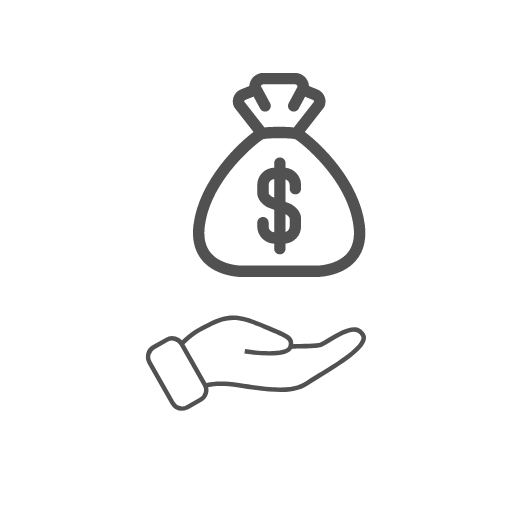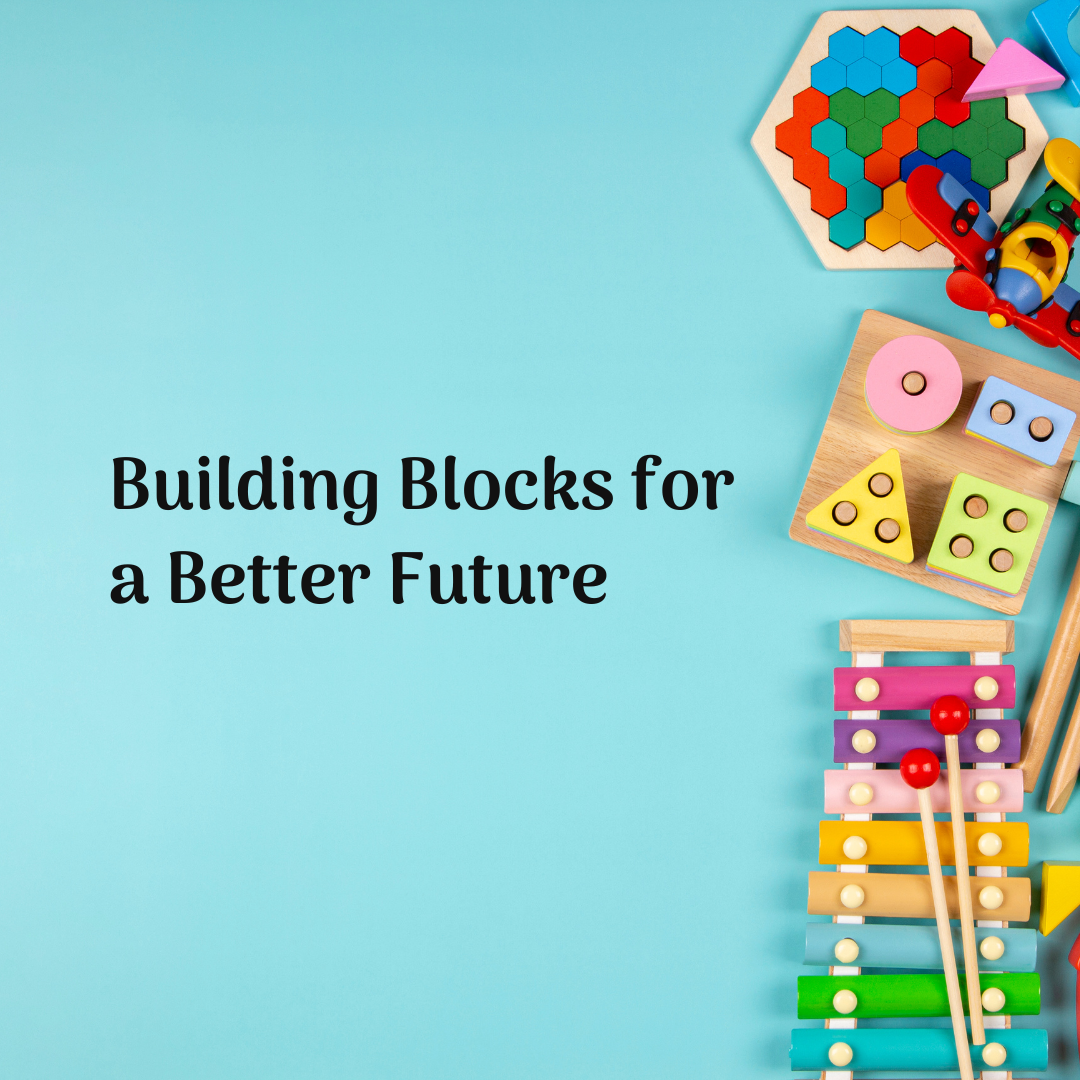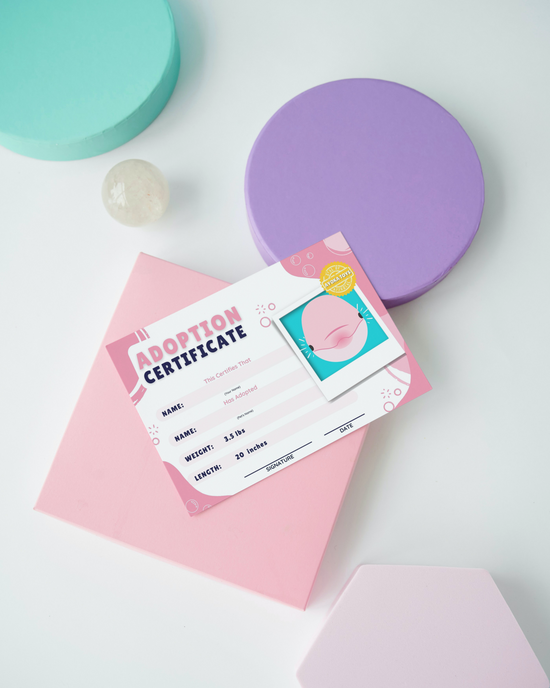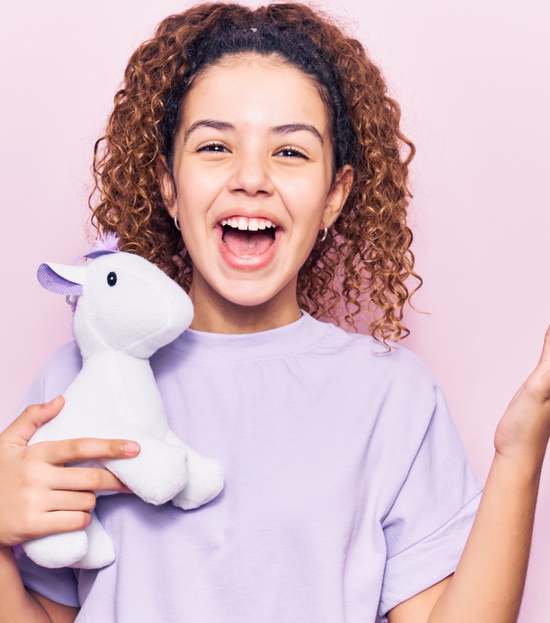When it comes to choosing educational toys and games for children, the most important thing is that they are age appropriate. Choosing a toy or game that's too advanced will frustrate your child and make them feel overwhelmed. Conversely, too simple of a toy might bore them, so finding an appropriate balance between challenge and ease is key.
Here are some tips for using educational toys and games effectively:
1. Look for developmental milestones: Toys should be chosen based on the age of your child and their specific physical, cognitive, social-emotional development stage.
2. Choose engaging activities: Choose activities that involve multiple skills - both inside (thinking) and outside (movement) ones so children don’t get bored easily during playtime; this encourages exploration by providing different ways in which to engage with any given toy or game (for example using building blocks both to build towers but also sort colors).
3. Get interactive: If possible choose interactive games like card matching activities where one person hides cards while another looks behind objects/shakes containers until he finds all matching pairs/symbols printed in each card etc… Playing together not only fosters collaboration & relationship building but also provides more stimulation related to his learning tasks in question compared with passive approaches like watching computer animations etc...
4. Stimulate Early Language Development : Think about buying language stimulating toys such as talking books & dolls – these offer tons of opportunities to discuss characters' actions & feelings which indirectly teach numbers shapes size gender roles story sequencing
5. Research safety measures: Safety features remain always paramount when buying any product especially when it comes down kids products – check reviews online research on store websites Consumer Product Safety Commission website whenever possible before considering any product buyable online!
Overall remember no matter how unique may be an educational toy its impact mostly relies upon how you use it within your teaching strategies rather than expect long lasting changes simply by placing pieces together. Keep exploring new ideas and approaches regarding usage of resources available.
 Safe
Safe Durable
Durable Educational & Fun
Educational & Fun Affordable and Accessible
Affordable and Accessible









